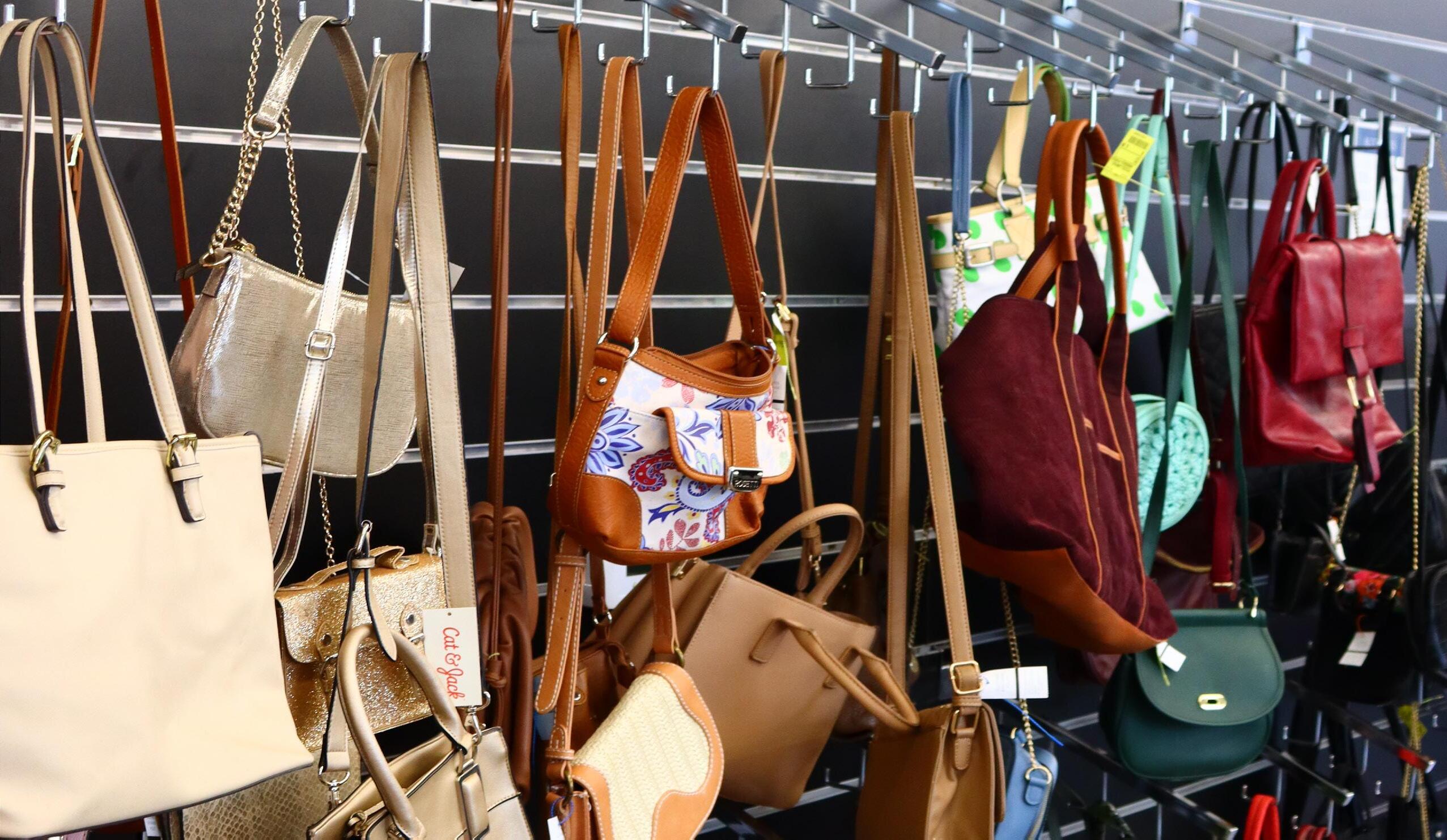
3 minute read
PUT YOUR MONEY WHERE YOUR MOUTH IS
By Gisselle Escobar Quiroz Staff Writer


Fast fashion has emerged as a prominent topic in recent years, drawing attention to various concerns including the working conditions of garment workers, the affordability of products and its environmental impact according to a 2022 article from Earthday.org. Most of its popularity can be attributed to the price ranges of stores such as H&M, Forever 21, Shein and others.
“Fast fashion is clothing with [an] expiration date and [it’s] disposable,” environmental studies professor Heather Duplaisir said. “It’s both an environmental and social justice issue.”
Furthermore, it creates water and plastic pollution, textile waste in landfills and releases greenhouse gasses, according to the Center of Biological Diversity. The fastmoving trend cycles keep getting shorter and these brands always have the latest fashion choices readily available within days. These unsustainable practices prioritize rapid production and distribution, using cheap materials and outsourced labor. Additionally, the employees in the fast fashion clothing factories have poor or non-existent labor laws.
These stores are extremely affordable, which makes them particularly appealing to the average consumer, especially in an inflated economy where living costs are on the rise. According to a 2023 New York Times article, the rates at which Americans are financially struggling has been increasing every year due to inflation. According to the source, inflation has risen to 35% in 2023 in comparison to 20% from 2021. Among the demographic of people who are known to face financial hardships, college students stand out as a group more likely to buy from such brands.
Forensic science sophomore Elizabeth Neal said she prefers shopping from places such as Shein and Temu.
“As an extra-small, it’s a lot easier for me to find clothes that fits me online and it’s way cheaper.” Neal said.

The convenience of shopping online is another significant advantage that makes fast fashion more appealing and simple. It alleviates people from the hassle of spending long hours at the store in person, dealing with parking and driving.
Price is not a determining factor on whether a brand is fast-fashion. Just because items at a certain store are on the expensive side, does not mean they are sustainable. Lecturer of socio-cultural anthropology, Sung Jay Ou said that there are two ends to fast fashion: the expensive side and the economic side. He brought up Lululemon as an example.
“I still consider it a fast-fashion brand, it has all the markings of it. Materials are cheap, they’re made very fast, the production cycle and design sector are very connected.” Ou said.
Although sustainable clothing is a better alternative, it is not a viable option for many consumers because of high costs. Given the current living conditions, material and manufacturing are an afterthought for the average consumer.
For instance, Nike and Lululemon are not typically grouped with their peers such as GAP, Hollister, H&M and others according to a 2024 article from Impactful Ninja, despite doing the same practice because of their advertising and greenwashing. According to a 2024 article from Business News Daily, greenwashing is when brands are falsely marketed as sustainable and environmentally conscious, a “deceitful marketing gimmick.” maybe have a hole or something, and those go in the middle pile which is the free for all pile…And everybody does trades.” Duplaisir said.
Simultaneously, there have always been people fighting against this phenomenon according to Ou. From mobile applications to see the environmental footprint, to protests and boycotts, a counter-movement has always been present.
The counter-movement against fast fashion has been steadily gaining momentum, particularly among young people who are becoming more conscious of the exploitative conditions prevalent in the industry.
“I think the corporations do really well in terms of probing up an image of being labor and environment friendly but the numbers and reality suggest otherwise.” Ou said.
Prices and salary aside, many people are frugal and prefer to buy cheaper clothing simply because it means more options for the same price. This preference for affordability is exacerbated by the prevailing consumerist culture, which fosters the belief that everything is easily replaceable.
After this, the leftovers, if any, go to Goodwill. Other alternatives to combat fast fashion include thrifting or adopting a minimalist approach by buying less. However, a recent critique voiced by experienced thrifters is the influx of fast fashion branded clothing into thrift stores. Despite this, Duplaisir said how this should be viewed as a positive development, as it signifies an attempt to recycle unwanted items and divert them from landfills.


This is maintained by Dion Terrelonge, fashion psychologist and chartered educational psychologist, in an interview for the Sustainable Fashion Forum, where she said there are emotional and societal factors that drive customers to fast fashion.
“The desire for self-expression and the pressure to conform to fashion trends, can also lead to defensive debate, as some may feel misunderstood or attacked when their choices are questioned.” Terrelonge said.
Environmental studies professor Heather Duplaisir shared her personal approach to combating fast fashion: she no longer purchases fast fashion after becoming more knowledgeable about the industry. Instead, she opts for sustainable practices such as buying second-hand clothing or organizing “clothes swaps” with friends. These gatherings provide an opportunity for individuals to exchange clothes they no longer need or want, fostering a sense of community while reducing reliance on fast fashion, according to Duplaisir.
“I’ve been doing them for thirty years with my friends…you get your friends together and you put all your clothes that you’re already gonna donate, that












